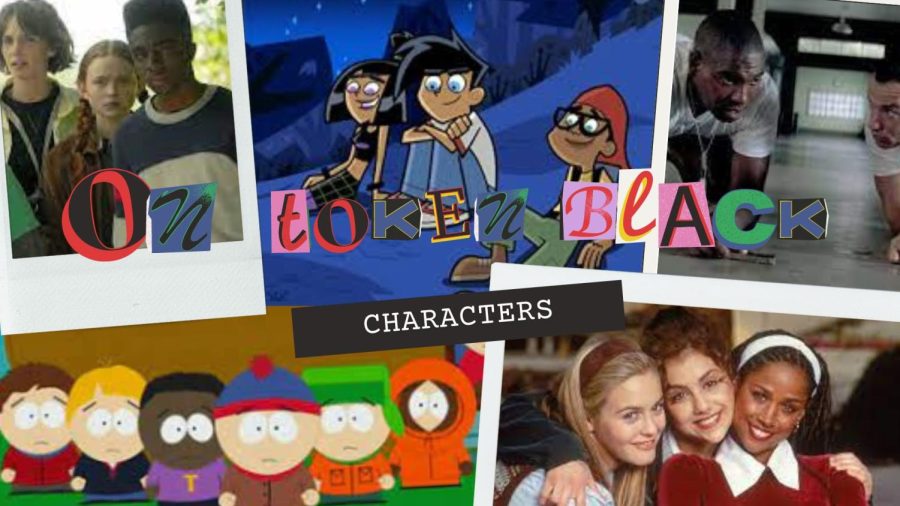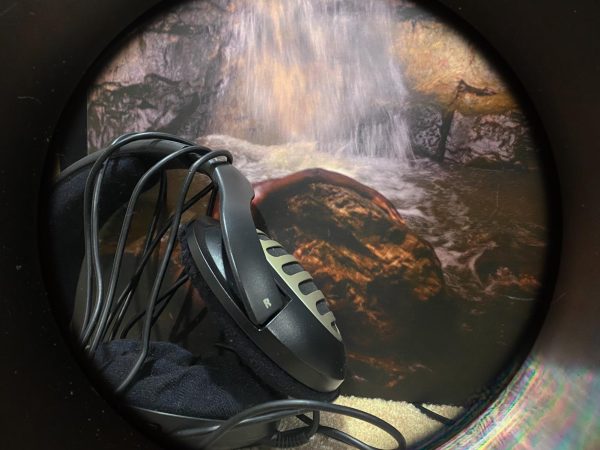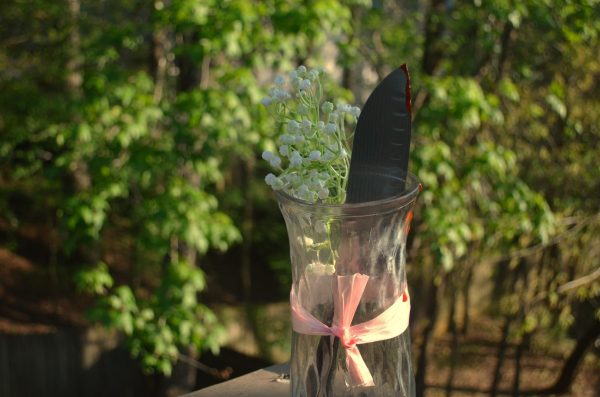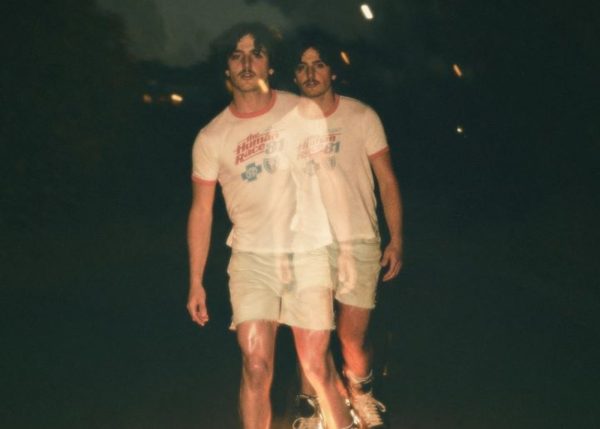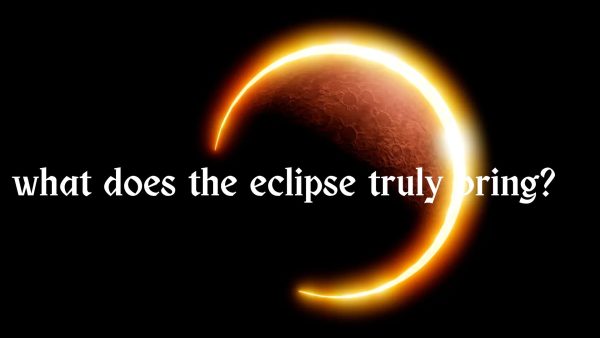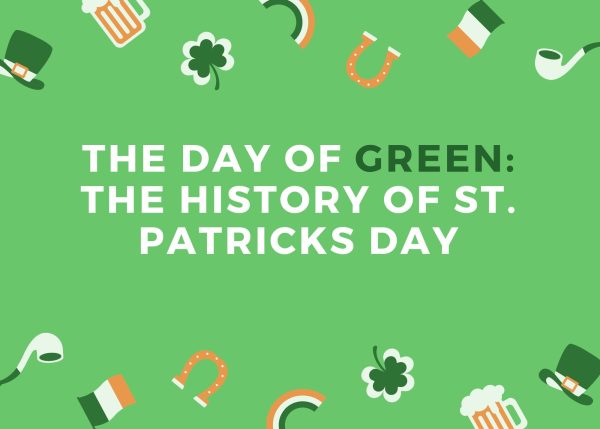The ‘Tolkien’ effect
Zioni Moore on Canva (photos Public Domain)
Started originally as a way for media to incorporate bits of inclusion into series and movies, token black characters for the past decade have recontextualized and morphed into their true forms: rebranded stereotypes. From the loud, sassy Black girl that gives the best advice —as somehow always overweight and never considered to play in any role related to a love interest—to the ‘magical negro’ that always helps the White protagonist on whatever journey that they cannot incorporate themselves in, to blatant sacrifice in horror movies; they cannot seem to give Black people a break.
May 11, 2023
“Forrest Gump” serves as one of those movies that became a classic soon after its release. Following the wonderful, heartbreaking and even eccentric life of the title protagonist, audiences early on in the movie get introduced to the pivotal character Bubba. Bubba seemingly bumbles throughout life, his character reduced to adoring shrimp in all forms and guiding Forrest through his time of the Vietnam War with an almost minstrel level of absurd comedy. This all before, ultimately, meeting his maker in the all-too-convenient position when Forrest reaches the near end of his service. Bubba works, like several other Black characters within media, as his Virgil: working up through the tribulations of Dante through Hell and Purgatory but stopping short with the great conclusion falling into their laps, despite helping him walk through the cleansing flames.
White female characters receive similar treatment within television and media, too. The manic pixie dream girl (MPDG) trope lives on in classics such as “Scott Pilgrim”, “Elizabethtown” and “New Girl”, and works only to place an exciting, bold foil to the subdued, dull man–again, always the protagonist.
“The MPDG exists solely in the fevered imaginations of sensitive writer-directors to teach broodingly soulful young men to embrace life and its infinite mysteries…Men grow up expecting to be the hero of their own story. Women grow up expecting to be the supporting actress in somebody else’s,” movie reviewers Nathan Rabin and Laurie Penny said.
Regardless, the women within those stories still hold a purpose in the plot that extends beyond the audience’s recognition of their skin tone. Their authors allowed them to carry complex emotions, plotlines and personalities. Not even Black women in media can escape the overly sassy narrative, or the all-knowing but never lasting long enough in the narrative to create shifts within the storyline. They fade away into obscurity or memes–ridiculed just as planned.
Media producers have criticized this common theme, though. In Trey Parker and Matt Stone’s “South Park” of all places, the most offensive show on television worked to shed light on the obscenity and nature of token Black characters. After several seasons of the sole Black character in the entire show, Token Black, had transformed into Tolkien Black; a homage to the author of the “Lord of the Rings” trilogy.
“I feel as if Black characters are never represented in the way that Black people see fit or feel comfortable with. I’ve seen countless movies and shows with Black characters and it seems as if we are either underrepresented or represented in a negative fashion exhibiting flaws in the Black community or simply systemic oppression,” magnet senior Ren Lloyd said.




